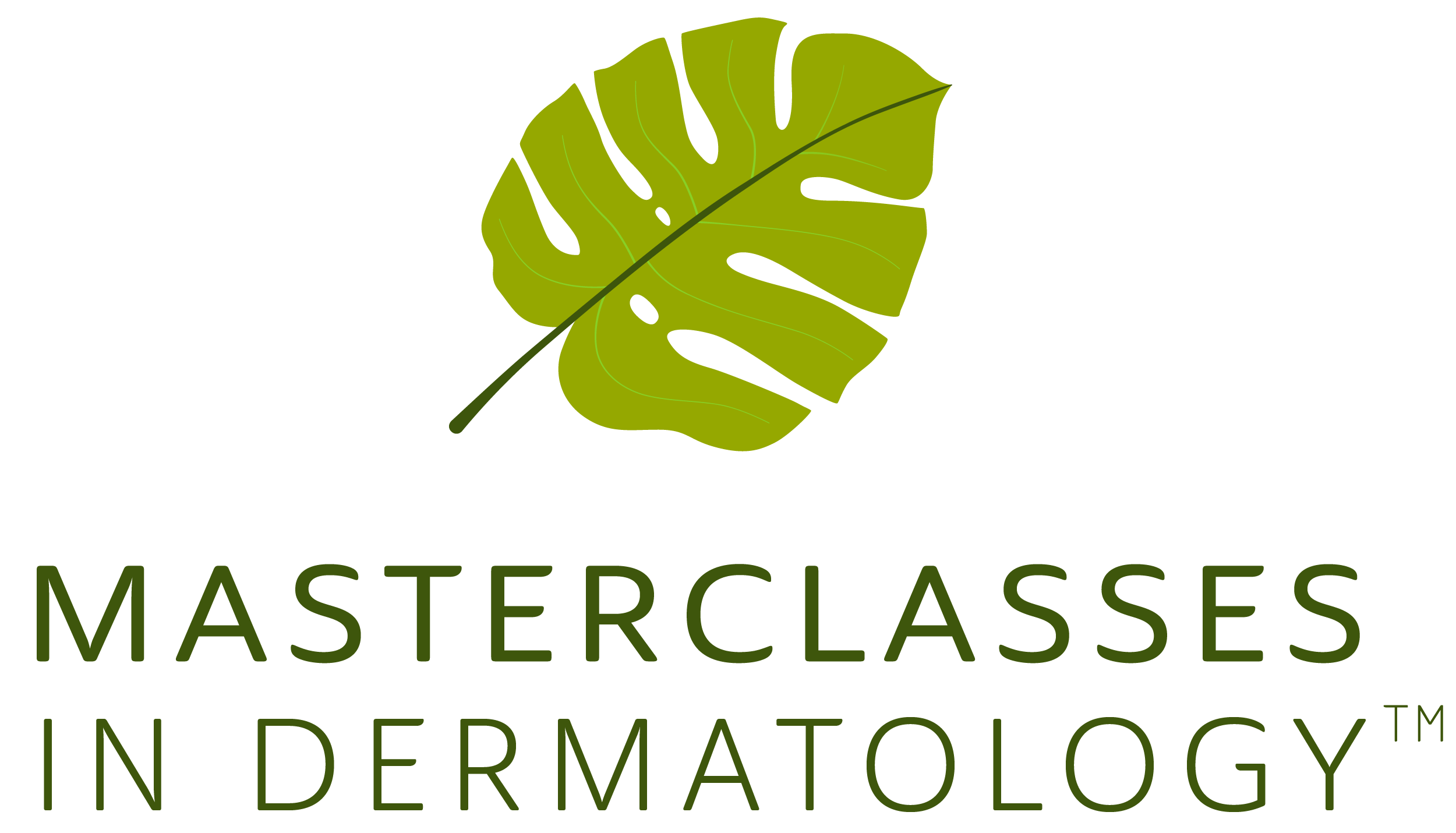
Managing Dermatologic Surgery Challenges

Daniel Siegel, MD, shared strategies to manage surgery challenges, especially bleeding, to ensure a smooth experience for patients.
Dermatologic surgery, while often routine, can sometimes lead to unexpected challenges. Daniel Siegel, MD, clinical professor of dermatology at SUNY Downstate University Medical Center in Brooklyn, New York, shared strategies to manage complications, especially bleeding, and ensuring a smooth surgical experience for both physicians and patients during the 2024
In a discussion highlighted last year by the New York Times2, Siegel emphasized the importance of understanding and preventing emergencies in dermatologic surgery. He defines an emergency as a "sudden urgent, usually unexpected occurrence or occasion that requires immediate action." Siegel acknowledged the anxiety that accompanies emergencies for both doctors and patients and stresses the significance of avoiding such situations.
To minimize the risk of complications, Siegel advocates for a thorough preoperative assessment. He identifies potential issues, such as patients on recreational anticoagulants or those with underlying medical conditions like bleeding disorders. Communicating with patients about their medical history and habits, including the use of supplements, alcohol, and even recreational drugs, allows for preemptive measures to be taken.
"People are living longer, and they're living with more medical diseases that become chronic. And many patients such as those with atrial fibrillation, or those who have had strokes or heart attacks are often on anticoagulants that are a lot better than the ones we had 25 or 30 years ago, so people bleed more easily. And sometimes they don't tell you about it before surgery," Siegel said in an interview with Dermatology Times.
Siegel provided practical advice on managing anticoagulation medications before surgery. He suggested temporarily discontinuing them for minor procedures and coordinating with specialists for patients on long-term anticoagulation. This approach helps mitigate bleeding risks during and after surgery.
Addressing the issue of bleeding disorders, Siegel recommended collaboration with hematologists to manage patients with factor deficiencies effectively. By involving specialists early in the process, dermatologic surgeons can minimize complications and ensure patient safety.
The seasoned dermatologic surgeon also highlighted the importance of knowing a patient's background, especially when they come from another dermatologist for a procedure. Differentiating between routine biopsies and more complex therapeutic interventions is crucial, as patients with pre-existing conditions may require special considerations.
Siegel acknowledged the impact of the COVID-19 pandemic on dermatologic surgery, with some patients requiring dialysis. He discussed the careful management of these cases and how strategic planning can help avoid potential complications.Additionally, he emphasized the need for continuous education and adherence to guidelines, which he makes available in the form of a PDF document for reference.
In terms of anesthesia, Siegel shared his preferred method – 0.1% lidocaine with epinephrine. He details its usage for various procedures and highlights the importance of understanding the concentration and potential toxicity risks. He also provides a valuable tip on reducing the sting associated with lidocaine injections by adding sodium bicarbonate.3
He added, "The important thing is not to just numb and operate, but rather to numb and then do something else see follow up right and note, take your time, and then do the surgery after the vasoconstrictor effect has kicked in because you have a lot less bleeding to deal with."
Siegel discussing the use of various techniques to manage bleeding, including the application of magnets to pacemakers and innovative tools for hemostasis. He emphasizes the need for efficiency, especially in controlling bleeding from small vessels.
When concluding with pearls he shares with residents, he emphasized the importance of staying calm through it all and remembering the basics.
"Pressure is always a way to stop bleeding, at least temporarily," Siegel said. "I tell the residents that you're going to be hitting an artery in the middle of that tumor you're taking out. And what you've got to do is don't wet your pants, but simply put pressure on and think to yourself, 'okay, it's suddenly filled with blood. Where's the blood coming from? If I've made an incision to the blood well at the top or the bottom, where's the bleeding point I can peel what I've done with gauze, peel it back a little bit.' Take a look, spot, cauterize. I can clamp and ligate but there's a way to do this so that it's smooth. If you're not anxious, the patient's not anxious, just as many species of dog will be will be able to sense if you are nervous or anxious or fearful and they can take advantage. You don't want to let the patient think that you've lost control that's critical so you shouldn't lose control."
References
- Siegel D. Managing Complications of Derm Surgery. Presented at: Masterclasses in Dermatology February 16-19, 2024; Puerto Rico.
- Thomas K, Silver-Greenberg J, Gebeloff R. They lost their legs, doctors and health care giants profited. New York Times. July 15, 2023. Accessed February 19, 2024.
https://www.nytimes.com/2023/07/15/health/atherectomy-peripheral-artery-disease.html - Pascuet E, Donnelly RF, Garceau D, Vaillancourt R. Buffered lidocaine hydrochloride solution with and without epinephrine: stability in polypropylene syringes. Can J Hosp Pharm. 2009;62(5):375-380. doi:10.4212/cjhp.v62i5.824
Newsletter
Like what you’re reading? Subscribe to Dermatology Times for weekly updates on therapies, innovations, and real-world practice tips.

















